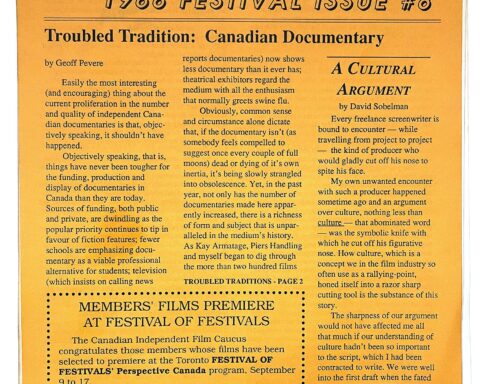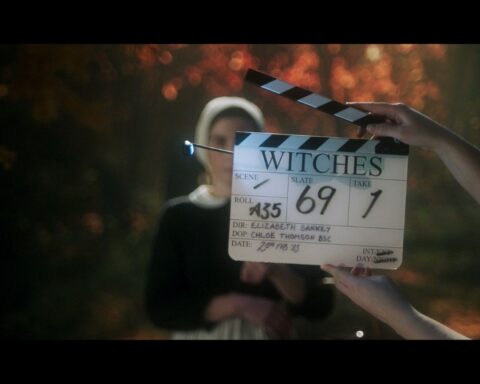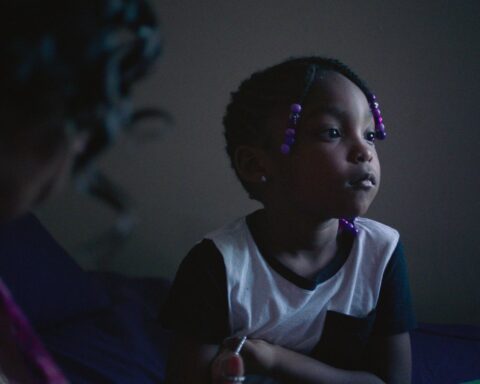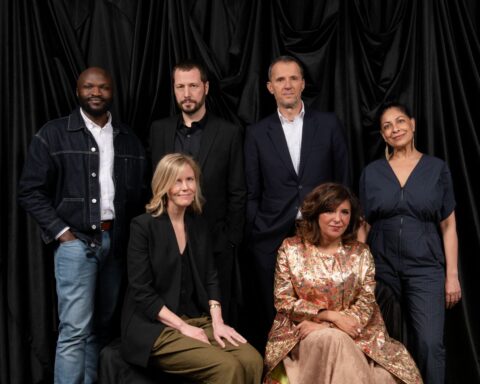Daughter of the Lake
Peru, 87 min.
Directed by Ernesto Cabellos Damián
World Premiere
On March 22, the United Nations launched World Water Day to highlight the various facets in which citizens across the world may be affected by a global water shortage forecast for 2030. The day, as well as the UN Water’s own publication on the troublesome state of current water quality and consumption, is cause for worry. It’s a global concern and one that encourages Canadians to reflect on their own habits, but the fact remains that water scarcity isn’t the future for some communities: it’s the present. Hot Docs audiences can readily see this urgency in the Peruvian documentary Daughter of the Lake. This compelling film by Ernesto Cabellos Damián observes a small community in the Andes that feels parched after a gold mine sets up shop and extracts the town’s water supply along with the precious metal. Daughter of the Lake views this violation of the community through the eyes of a young woman named Nelida, who shares a spiritual bond with the water in addition to the practical elements of life for which it sustains her. Cabellos’ meditative style offers a portrait of Nelida as she communicates with “Mother Water,” wades by what remains of the river, and engages her community with the incalculable loss at hand.
The film’s objective portrait of the town shows the water scarcity matter-of-factly as the cameras train their lenses on wells that have run dry and on citizens who go thirsty. The evocative landscape looks unnaturally scorched as Daughter of the Lake pans across the community’s environment and shows the ripple effect that spreads from this one gold mine. Floods of muddy waters highlight the effects of deforestation and illustrate the amount of waste and contamination that occurs when so much water is consumed by industry. Contrasts between rural and city life show a changing population that has lost touch with its responsibility to the natural environment as concrete jungles create a disconnect between people and the land. The images of the gold mine itself are undeniably provocative as Cabellos and his team show the gargantuan size of the expedition as the cameras zoom out to capture the full scale of the mine—the layer upon layer digs have thrust the community deeper into the ground.
The visual power of the Daughter of the Lake finds a fine balance in the personal stories that Cabellos includes throughout the film. In addition to the stories of Nadia and her fellow villagers, the film invites Dutch jewelry designer Bibi van der Velden to convey her philosophy for commemorating moments with gold. She shows the filmmakers how personal engravings and pieces of jewelry make gold precious beyond its mere monetary value; however, the jeweler also learns of the realities of the mines from which designers like herself get the tools of their trade, and she finds the experience to be a rude awakening. Similarly, stories from communities elsewhere in the globe speak to both Nelida and Bibi’s experiences as communities tell of an industry that thrives on cheap harvesting for products with devastating long-term effects. Powerful archival footage of protests and rallies forecast an impending emergency and suggest that the problem only worsens if it continues undisturbed.
Daughter of the Lake avoids easy answers and leaves the audience feeling the gravity of the situation in which communities such as Nelida’s find themselves. The film asks audiences to weigh the personal, commercial, industrial, and ecological values of water with the ethical and spiritual elements that have run throughout history. The film presents water as a life source, but it ultimately asks the audience if this source should have a limited lifespan or one that flows in an endless cycle.
Hot Docs 2015 Screenings
Thu April 30, 6:15 PM
TIFF Bell Lightbox
Sat May 2, 4:30 PM










